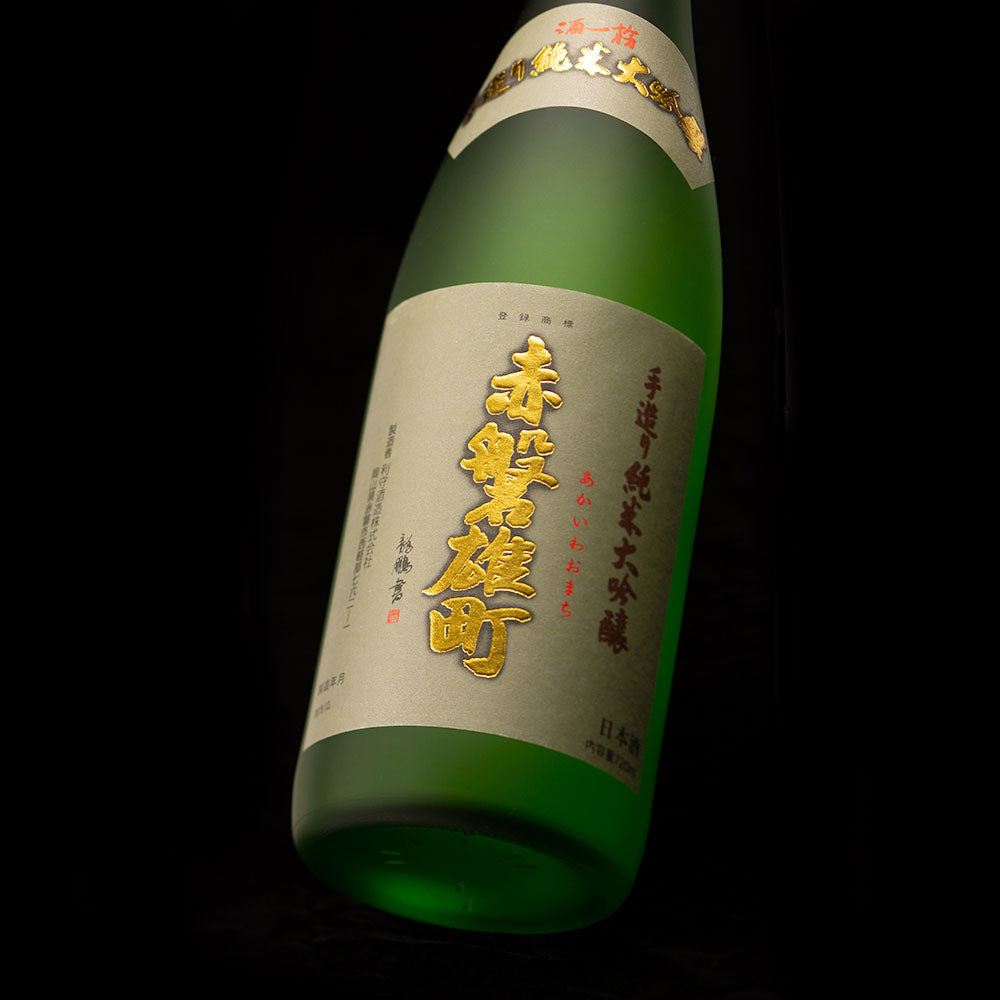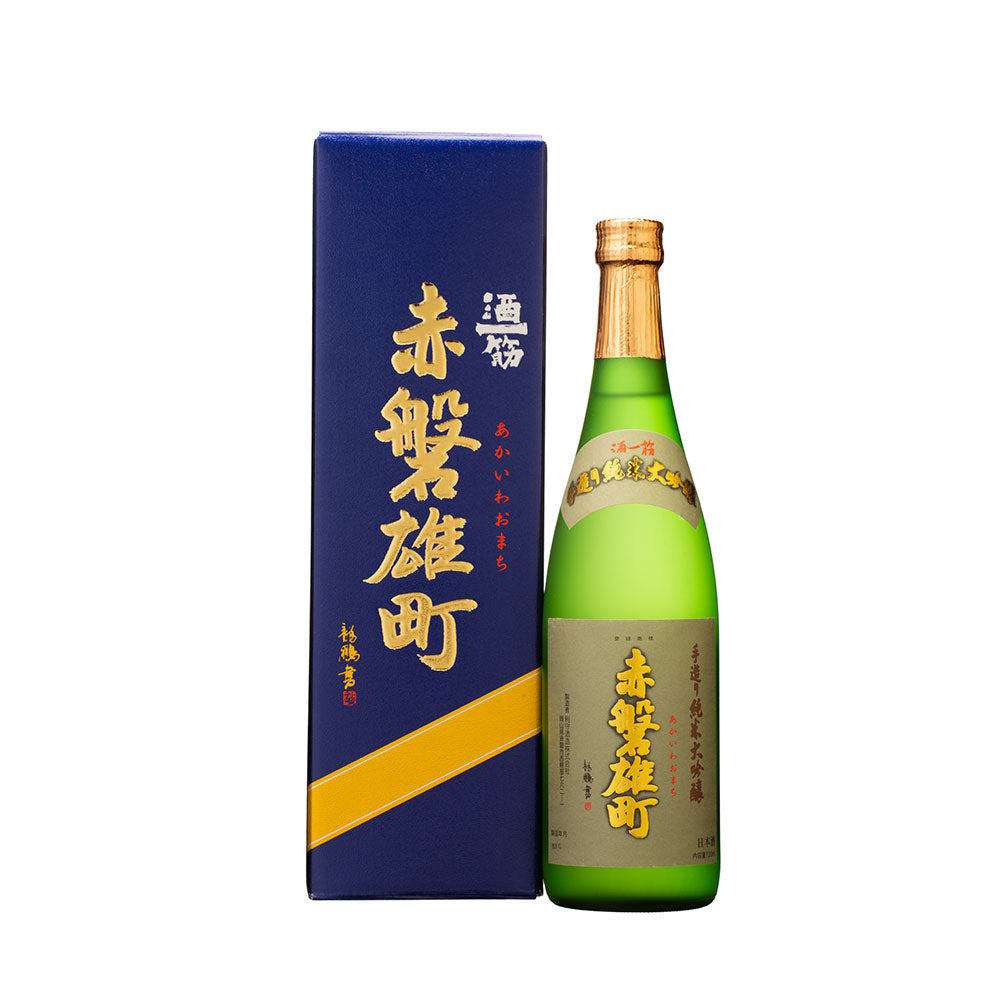-
 >
>
- Product list >
- Sakehitosuji Akaiwaomachi Junmai-daiginjo (720ml)
Sakehitosuji Akaiwaomachi Junmai-daiginjo (720ml)
詳しく見る
- *All prices shown are the product prices from the Japanpage:.
- *Product price can be shown in multiple currencies as reference values.
- *Payment should be made in Japanese yen.
- *After filling in delivery address, grand total (product price + shipping cost (packing + shipping + insurance) +tariffs & taxes) will be shown on the shipping cart page.
- *All prices shown are the product prices from the Japanpage:.
- *Product price can be shown in multiple currencies as reference values.
- *Payment should be made in Japanese yen.
- *After filling in delivery address, grand total (product price + shipping cost (packing + shipping + insurance) +tariffs & taxes) will be shown on the shipping cart page.
Awards
Kura Master2019 Junmai Daiginjo Division Gold
Once known as the emperor of sake rice, production of ""Omachi"" has been revived, and the Junmai-daiginjo made from the kernel polished to 40% is Sakehitosuji Akaiwaomachi Junmai-daiginjo. The Karube area of Okayama prefecture where this brewery is located has long been known for Omachi rice. This rice has large grains with sizeable cores, and koji bacteria takes well to it, which is why it is regarded as the ultimate rice for making sake, but it is difficult to grow, which lead to dwindling production. For a time it faded to legend until Omachi rice was brought back again by this brewery. This sake is made from the generously polished grain of that rice, and you can enjoy the mouth-filling round taste of the Omachi. At the most authoritative Japanese Sake Competition in France, the ""KURA MASTER 2019"", it was selected for the gold medal in the Junmai Daiginjo sake category, and it is a Junmai-daiginjo highly regarded throughout the world.
Pairing food proposed from Vendor
Grilled chicken, minced meat, minced mackerel, sushi
About "Sakehitosuji"
Using local rice and water, and fermented with the natural climate of the region, this sake shows the true possibilities of local sake. By reviving the legendary Omachi rice from the local Okayama region, and generously polishing it, they have created the Sake Issetsu brand. It has a well-rounded and elegant taste.
Recommended temperature
- Atsukan (50 - 55℃)
- Jokan (45 - 50℃)
- Nurukan (30 - 40℃)
- Room temperature (15 - 20℃)
- Hanabie (10℃)
- Yukibie (5℃)
Type


Tag
Appearance
-
Clarity
Transparency
Hazy
-
Colour
Colorless
Dark brown
-
Intensity
Water
Deep
Nose characteristics
-
Intensity
Low
Strong
Taste characteristics
-
Light / Body
Light
Body
-
Sweet / Dry
Sweet
Dry
-
Simple / Complexity
Simple
Complexity
-
Acidity
Low
High
-
Umami
Low
High
-
Finish
Low finish
Long finish
Aroma and flavor
Detailed information
| Volume | 720ml |
|---|---|
| Size (L W H) | 8.0 x 8.0 x 30.0 cm |
| Weight | 1.2kg |
| Ingredients | Rice, Rice koji, Water |
| Region | Okayama |
| Alcohol content | 16%vol. |
|
Sake Meter Value
|
+4 |
|
Acid level
|
1.3 |
|
Polishing ratio
|
40% |









